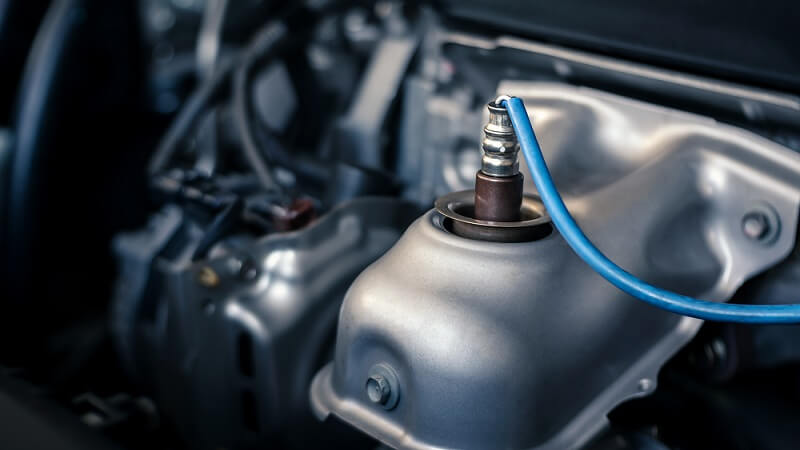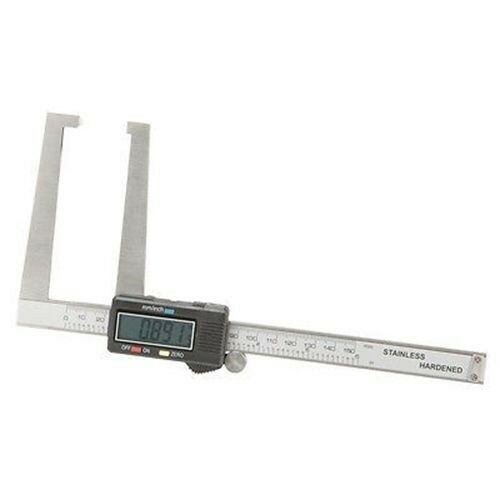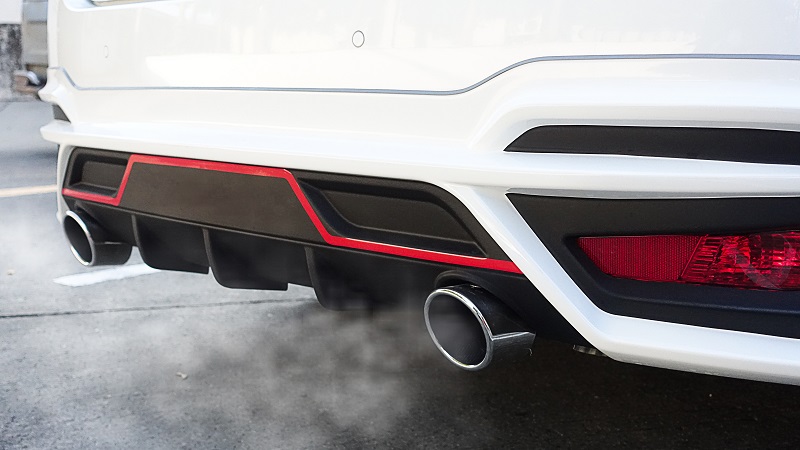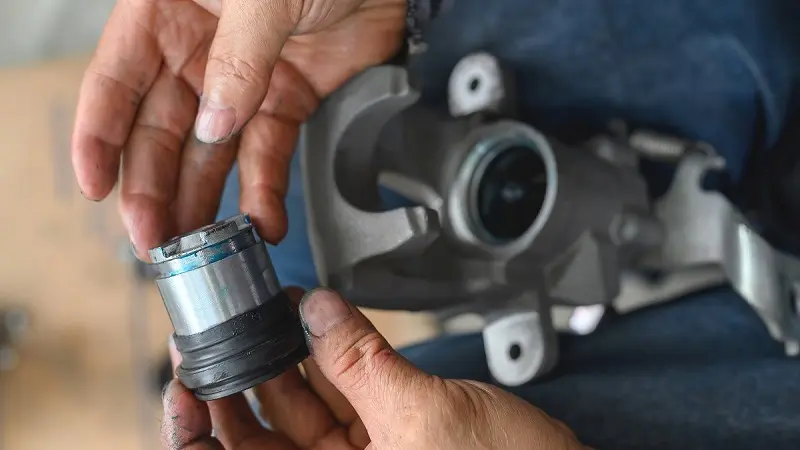An axle is a component that most of us become familiar with quite early on in our lives. The axles on our bikes and skateboards were responsible for helping us put the power down. Axles on those simple machines help convert our body’s energy into kinetic energy and their application isn’t so different when it comes to using them in vehicles.
With vehicles, axles help transfer the energy or power from the engine to the wheels, allowing it to move. While almost every axle serves a similar purpose, they are quite different in the way they work. Vehicles themselves have a few types of axles and one of the most common types is a CV axle. To give you a complete understanding of this component we’ll answer questions like what is a CV axle, how does it work, how to diagnose a bad one, and more.

Article updated on 02/22/22. Original publishing date 03/10/21
What is a CV Axle?
A CV axle or Constant Velocity axle is essentially a shaft that helps transmit power to the wheels even while they are turned without any velocity fluctuations. Although a CV axle is most commonly used in front-wheel drive vehicles, these types of axles can also be found on all-wheel-drive and some rear-wheel-drive vehicles that use independent suspension.
Early front-wheel-drive configurations like the one seen on the Citroën Traction Avant and the front axles seen on all-wheel-drive vehicles such as Land Rovers used universal joints. These joints are equipped with a cross-shaped metal pivot that sits between two forked carriers.
Even though these joints aren’t of the CV type, they did allow a variation of the angular velocity. While they benefited from being easy to make and strong in construction, they were prone to becoming notchy which would cause difficulties when steering at extreme angles.
Not long after, front-wheel drive configurations were gaining popularity, and cars like the Mini used a compact transverse engine layout. Universal joints weren’t favorable in such configurations as their limitations were quite evident. To counter this problem, constant velocity joints based on a design by Alfred H. Rzeppa were used. Thanks to Rzeppa’s design, power delivery became smoother, and the axles granted an increased range of angles.
How Does a CV Axle Work?

A CV Axle works by transferring power from the engine to the wheels while remaining unaffected by tie rods pushing the wheel and changing its geometry, as well as suspension modulations. A CV axle consists of two joints – the inboard and the outboard joint. Their location in relation to the final drive or wheel hub is how they are recognized.
An outboard joint is also known as a fixed ball joint, it contains six ball bearings between the inner and outer housing and is held in place by a cage. Machined grooves or tracks allow the bearings to slide. This construction permits flexing during operations. The joint is lubricated with lithium-based grease while a flexible rubber boot keeps the lubricant in and dirt out.
Regardless of the joint’s operational angle, the input and output speed is always the same. Hence, why it’s called the constant velocity joint. Inner CV joints are different from the outer ones as they only need to allow the suspension travel and not change steering angles. The inner constant velocity joint is a sliding unit that connects to the car’s transmission in most cases. This part of the CV axle is known as a sliding joint because it slides in and out horizontally. Interestingly, this component is also called a plunge joint because its movement is similar to that of a plunger.
Inboard CV joints connect the drive shafts to the transmission, while the outboard CV joints connect the drive shafts to the wheels. As we mentioned before, many rear-wheel-drive and all-wheel-drive cars, as well as trucks, also have CV joints.
How to Tell If CV Axle is Bad?

There are five ways to tell if your CV axle is bad or on its way out. Most of these symptoms occur when the rubber boots of the CV axle develop cracks or get damaged. When this happens, the axle loses its lubricating grease, and moisture and dirt get in. Consequently, the CV axle faces a lack of lubrication while simultaneously corroding.
Noise While Turning
One of the most obvious symptoms that point to CV axle failure is a clicking or popping noise when turning. If this sound becomes louder under acceleration in turns, it’s likely that the axle has an issue with the outer CV joint. This noise suggests that the CV axle has worn out, most likely become of excessive use or premature wear. To test if this is in fact the problem you’re facing, you can accelerate while turning or suddenly accelerate or decelerate in a straight line. If you notice a clicking or popping noise, it’s the CV axle that’s at fault.
Unwanted Vibrations
Sometimes a bad CV axle will also cause vibrations while on the move. This occurs when the axle has reached the end of its life and fails to perform in a balanced manner like it originally did. As a result of the uneven movement of the CV axle, vibrations creep in and tend to become worse at higher speeds. If it has come to this stage, it has reached the point of being unsafe, and it’s best that you replace the part without any delays.
Grease Leak
Every CV axle is equipped with soft rubber boots. A consequence of their soft compound is that they can tear quite easily. Even the smallest tear can lead to a lubricant leak. This lubricant or grease is flung out when the CV axle rotates at high speed and ends up on the inside of your wheels or tires. If you notice grease on either of these two surfaces, it’s a clear symptom of a bad CV axle.
Uneven Ride
A bad CV axle could also affect the way the suspension behaves on a vehicle. As we mentioned before, the CV axle remains operating as it should despite steering and suspension modulations. However, when it goes bad, it can result in bumpy ride quality. That said, this could be a symptom of a few other problems as well, which is why it requires further assessment.
Can You Drive With a Failing CV Axle?

Yes, you can drive with a failing CV axle for a short distance if it doesn’t have any major symptoms. Symptoms such as ones that are impacting your steering input or causing major suspension trouble are signs that you should stop driving instantly. Less intense symptoms, on the other hand, are ones you could drive with only to the workshop.
To avoid any of this, it’s a good habit to inspect the rubber boots on the CV axles periodically. This is a good habit to have, and it can save you time, money, and trouble as a freshly-damaged boot can be easily replaced and repacked with fresh grease. This will extend the life of your CV axles but do keep in mind that they are consumables and don’t last forever.
Add Replacement CV Axles to Your Cart Today!
Given the importance of your CV axles, it is crucial that you don’t delay ordering brand-new replacements. Quality is also extremely important when it comes to CV axles as low-quality ones could have half the service life of OEM units.
We at Newparts.com stock only the best-quality products for an extensive range of vehicles. Browse our shop and check out everything we have to offer for your car!





